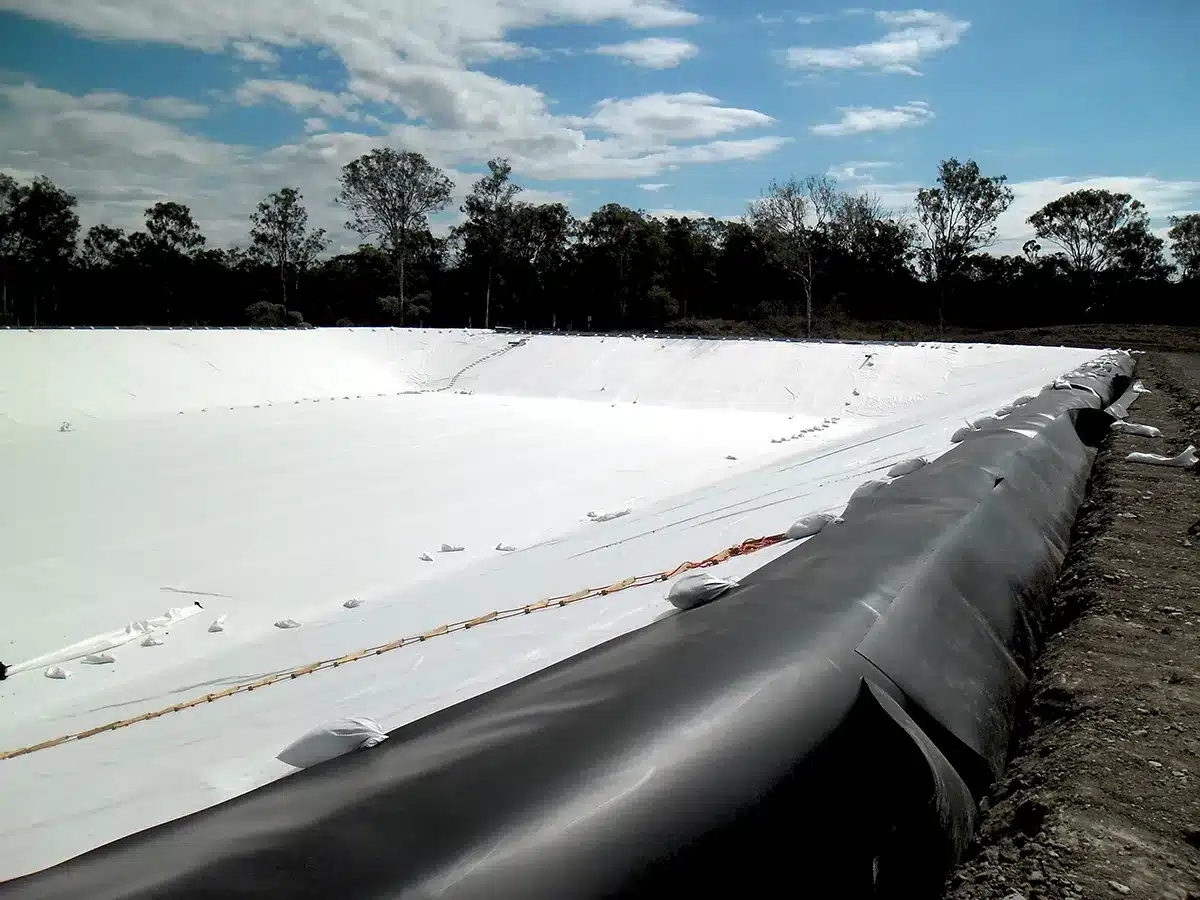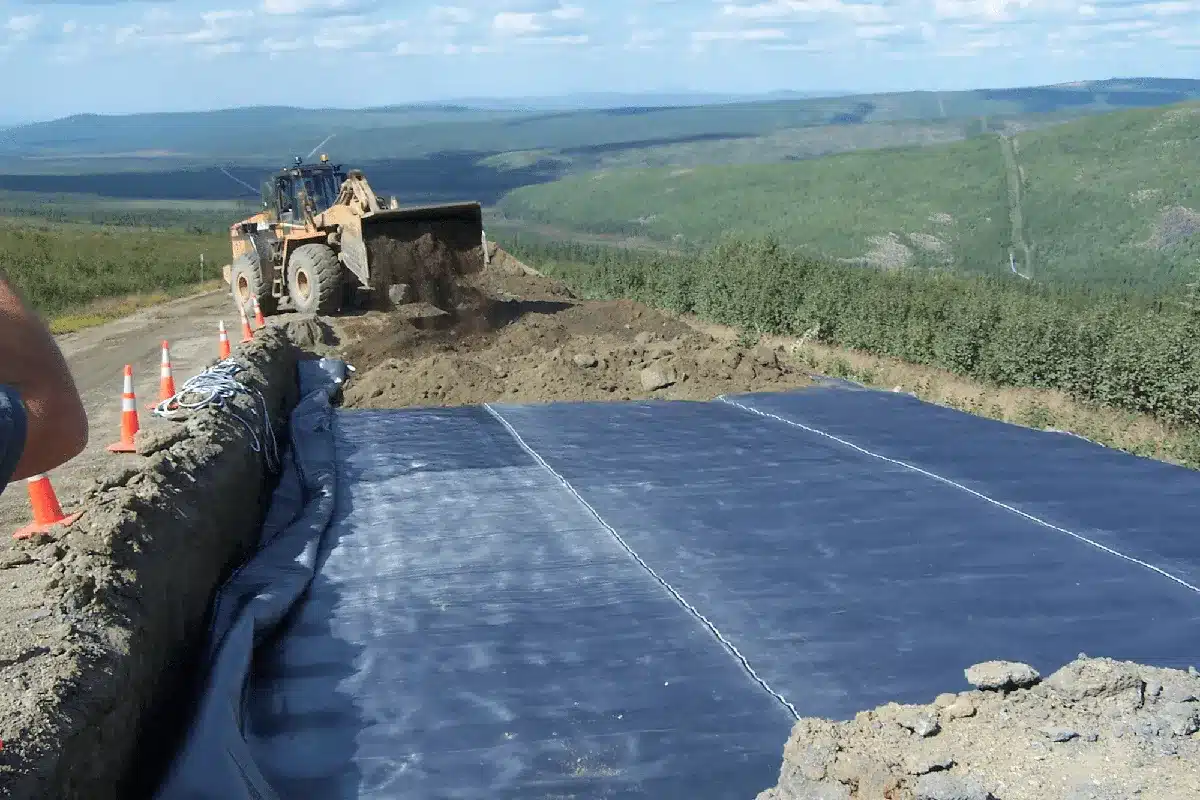+86-159 9860 6917
info@geofantex.com
geofantex@gmail.com
+86-400-8266163-44899
Geotextile sheets, a pivotal component in modern construction and environmental projects, have revolutionized how we approach various engineering challenges. This article delves into the world of geotextile sheets, exploring their definition, and applications, and answering key questions about their usage and benefits. Whether you’re a professional in the field or a curious learner, this guide provides comprehensive insights into the multifaceted role of geotextile sheets in today’s world.

What is a Geotextile Sheet?
A geotextile sheet is a permeable fabric made from synthetic or natural fibers, used in a variety of civil engineering, construction, and environmental applications. These sheets are designed to provide stability, separation, filtration, protection, and drainage in various projects. They come in different forms, including woven, non-woven, and knitted, each tailored for specific uses based on their strength, permeability, and durability.
What are Geotextile Sheets Used For?
Geotextile sheets are essential in construction and environmental projects, offering solutions for filtration, drainage, separation of soil layers, reinforcement, or stabilization. Their primary functions include:
- Soil Stabilization and Reinforcement: These sheets provide tensile strength, crucial for soil stabilization and reinforcement, effectively preventing soil erosion at construction sites and in natural landscapes.
- Filtration: Serving a key role in filtration, geotextile sheets act as a filter, allowing water to pass while preventing soil erosion. This feature is particularly beneficial in drainage systems and erosion control projects.
- Separation of Soil Layers: Geotextiles are instrumental in the separation of different soil layers, including soil, gravel, and sand. This separation is vital for maintaining the integrity of roadbeds and foundations.
- Protection: In terms of protection, they safeguard geomembranes in landfills and ponds, preventing punctures and ensuring long-term durability.
- Drainage: Geotextile sheets excel in drainage, facilitating the removal of excess water from soils. This capability is crucial in preventing waterlogging and preserving the structural integrity of various projects.

How do Geotextile Sheets Contribute to Environmental Sustainability?
Geotextile sheets play a significant role in promoting environmental sustainability. They reduce the need for natural aggregate materials in construction, thereby conserving natural resources. By stabilizing soil and preventing erosion, they protect landscapes from degradation. Additionally, their use in drainage systems and landfills minimizes environmental contamination. Their durability also means a reduction in the frequency of repairs and replacements, leading to less material waste and lower carbon footprints in construction projects.
What Factors Should Be Considered When Selecting a Geotextile Sheet?
Selecting the right geotextile sheet involves considering several factors:
- Type of Application: The choice between woven, non-woven, or knitted geotextiles depends on the specific requirements of the project, such as filtration, separation, or protection.
- Soil Characteristics: The soil type influences the choice of geotextile, particularly its permeability and strength requirements.
- Durability Needs: For projects requiring long-term solutions, choosing a geotextile with high durability and resistance to environmental factors is crucial.
- Load Requirements: The expected load on the geotextile sheet determines the tensile strength required.
- Environmental Conditions: Factors like exposure to chemicals, UV radiation, and biological elements can impact the performance of geotextiles, necessitating a choice that can withstand these conditions.
In conclusion, geotextile sheets are a cornerstone in modern construction and environmental engineering, offering versatile solutions to complex challenges. Understanding their applications, environmental benefits, and selection criteria is essential for professionals in the field and contributes to the effective and sustainable use of these materials.



Get Free Sample
We’ll respond as soon as possible(within 12 hours)






















